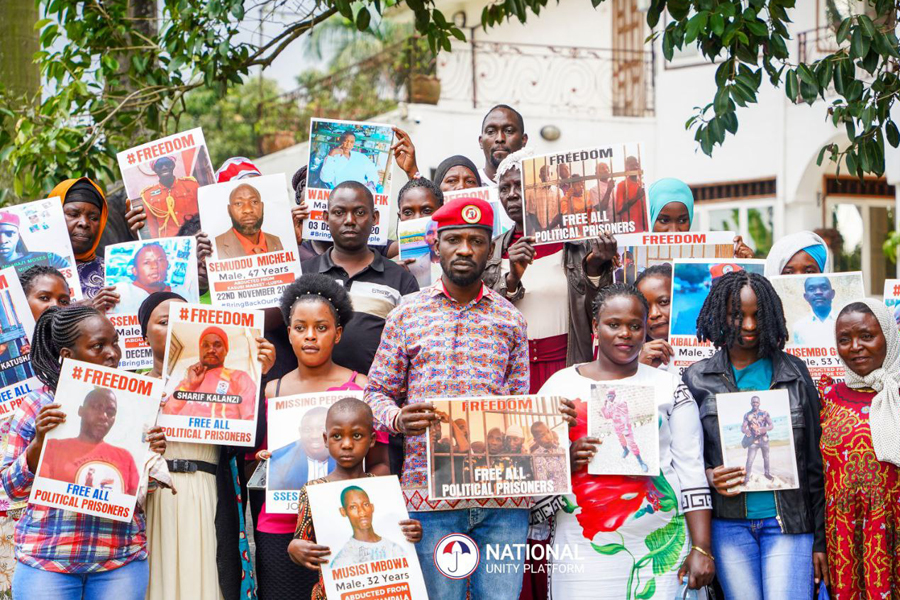Experts warn Uganda on borrowing as debt burden fast approaches 50% ceiling
Uganda could be headed for tough times ahead as it draws closer to the debt ceiling of 50% with now less than 10 percentage points left to hit the mark. With various projects still up for financing through loans, what next for the developing country that has failed to hit its earlier dream of becoming a middle income state by 2020?
Whereas many economists continue to bury their heads in the sand citing that Uganda’s debt is sustainable since it is still below the 50% mark set by the International Monetary Fund (IMF), there could be tougher times if Uganda does not rethink its borrowing and spending patterns.
According to the 2018 Auditor General’s report, although Uganda’s debt to GDP ratio of 41% is still below the IMF risky threshold of 50% and compares well with other East African countries, it is unfavorable when debt payment is compared to national revenue collected which is the highest in the region at 54%.
To Henry Musasizzi the parliamentary budget chairperson, this is worsened by the small tax base of the country exhibited in a high expenditure to GDP at 22% yet a low tax to GDP ratio at 14.1%. This has as well triggered domestic borrowing with its adverse effects.
Henry says its now becoming less likely for government to borrow on concessional thus opting for domestic borrowing which is rather risky and very expensive. Last month Parliament approved $104 million (Shs380 billion) from Standard Chartered Bank for the second phase of installation of CCTV cameras in Kampala, a loan to be serviced over a period of 12 years.
With such, David Walakira says the domestic debt has continued to rise closer to the risky 40% cap with its current 37% stand stifling business within the country. The increasing tax evasion by companies has not helped the situation any way with URA crying foul.
The Auditor general further notes that debt has increased by 22% from UGX33.99trillion as of 30th June 2017 to UGX41.51trillion as of 30th June 2018. Also 50% of the loans sampled totalling UGX 3.98trillion will expire in 2020. But how come we as a country overtime have accrued such amounts?
“Sometimes we have borrowed yet disbursements take long to be done, or with no counterpart funding for projects to take off and because of bureaucracies, some procurement processes take long costing the country” Musasizzi reiterates.
If government were to service the loans as projected in the financial years (2018/2019 and 2019/2020), it would require more than 65% of the total revenue collections which is over and above the historical sustainability levels of 40% according to the report.
Whereas such a repayment act may never be economically practical, analysts have warned that this is an eye opener to how much indebted the country is thus measures that ought to be taken especially with management of borrowed funds.
The parliamentary budget chairperson Henry Musasizzi says there is need to deal with corruption tendencies where loan monies have been siphoned yet repayment stays and bureaucracies that cost time.
To every good, there could be a con. But in case our debt is managed, would there be any disadvantages to that? David Walakira says our continued infrastructural developments get the country out of bracket of highly indebted countries so can’t enjoy certain privileges e.g grants , concession loans and much more.
The current debt burden will for sure continue to raise as more projects get lined up for loan funding including the standard gauge railway, the East African crude oil pipeline, Hoima airport, the new Lubowa hospital to mention but a few.













